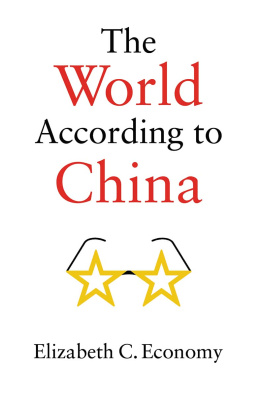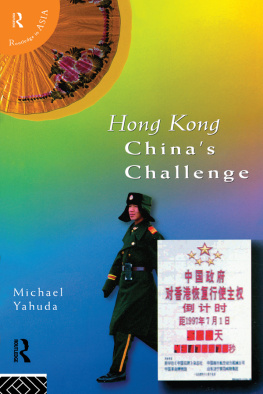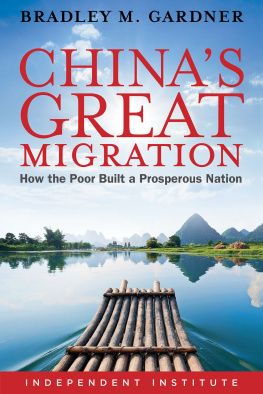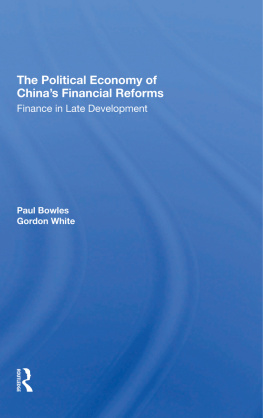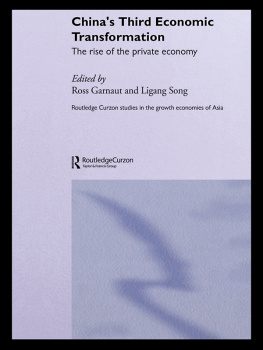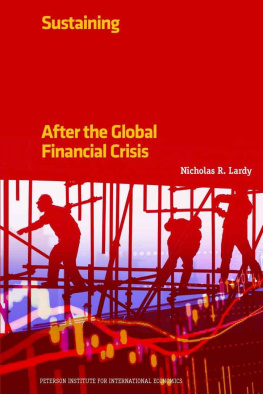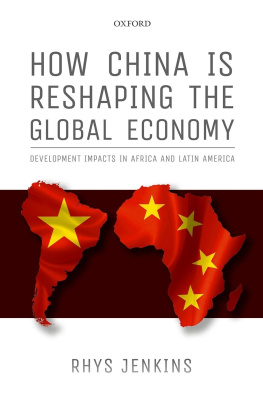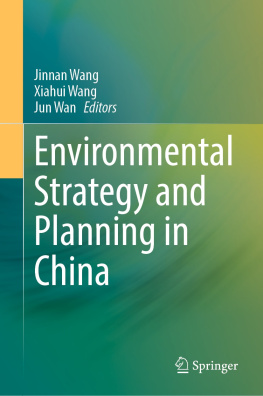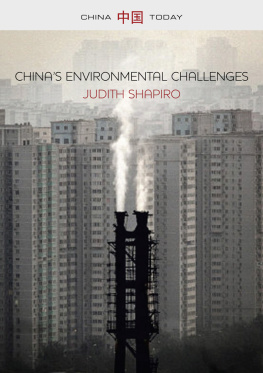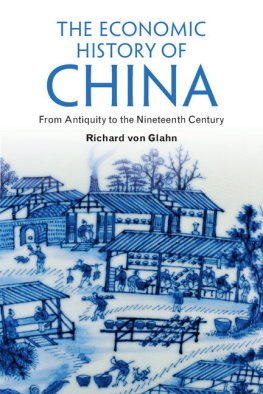Elizabeth C. Economy - The River Runs Black: The Environmental Challenge to Chinas Future
Here you can read online Elizabeth C. Economy - The River Runs Black: The Environmental Challenge to Chinas Future full text of the book (entire story) in english for free. Download pdf and epub, get meaning, cover and reviews about this ebook. City: Ithaca, year: 2011, publisher: Cornell University Press, genre: Science. Description of the work, (preface) as well as reviews are available. Best literature library LitArk.com created for fans of good reading and offers a wide selection of genres:
Romance novel
Science fiction
Adventure
Detective
Science
History
Home and family
Prose
Art
Politics
Computer
Non-fiction
Religion
Business
Children
Humor
Choose a favorite category and find really read worthwhile books. Enjoy immersion in the world of imagination, feel the emotions of the characters or learn something new for yourself, make an fascinating discovery.

- Book:The River Runs Black: The Environmental Challenge to Chinas Future
- Author:
- Publisher:Cornell University Press
- Genre:
- Year:2011
- City:Ithaca
- Rating:4 / 5
- Favourites:Add to favourites
- Your mark:
The River Runs Black: The Environmental Challenge to Chinas Future: summary, description and annotation
We offer to read an annotation, description, summary or preface (depends on what the author of the book "The River Runs Black: The Environmental Challenge to Chinas Future" wrote himself). If you haven't found the necessary information about the book — write in the comments, we will try to find it.
Chinas spectacular economic growth over the past two decades has dramatically depleted the countrys natural resources and produced skyrocketing rates of pollution. Environmental degradation in China has also contributed to significant public health problems, mass migration, economic loss, and social unrest. In The River Runs Black, Elizabeth C. Economy examines Chinas growing environmental crisis and its implications for the countrys future development.
Drawing on historical research, case studies, and interviews with officials, scholars, and activists in China, Economy traces the economic and political roots of Chinas environmental challenge and the evolution of the leaderships response. She argues that Chinas current approach to environmental protection mirrors the one embraced for economic development: devolving authority to local officials, opening the door to private actors, and inviting participation from the international community, while retaining only weak central control.
The result has been a patchwork of environmental protection in which a few wealthy regions with strong leaders and international ties improve their local environments, while most of the country continues to deteriorate, sometimes suffering irrevocable damage. Economy compares Chinas response with the experience of other societies and sketches out several possible futures for the country.
This second edition of The River Runs Black is updated with information about events between 2005 and 2009, covering Chinas tumultuous transformation of its economy and its landscape as it deals with the political implications of this behavior as viewed by an international community ever more concerned about climate change and dwindling energy resources.
Elizabeth C. Economy: author's other books
Who wrote The River Runs Black: The Environmental Challenge to Chinas Future? Find out the surname, the name of the author of the book and a list of all author's works by series.

